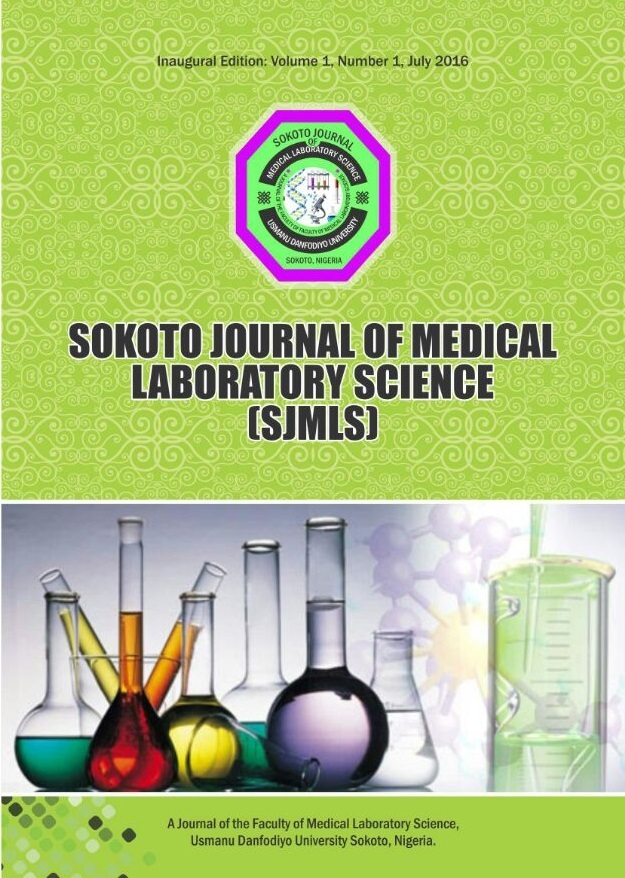Comparative Study of CD4 Analytical Methods
Keywords:
Comparative Study, CD4, Analytical, MethodsAbstract
Human immunodeficiency virus (HIV) infection is increasing at an alarming rate worldwide, and the burden is heaviest in sub-Saharan Africa. Obtaining accurate, reliable, and affordable CD4 T-lymphocyte counts is essential in determining disease stage and progression. It is also crucial in monitoring ARV therapy determining when to change antiretroviral (ARV) due therapy resistance or therapy failure since option B plus or test and start therapy is practiced now. Two CD4 T-lymphocyte counting measuring techniques compared: flow cytometry (Cyflow) and magnetic beads (Dynabead). This study was conducted at 1 Brigade Medical Centre Sokoto between May and August 2015. Blood samples (7 mls) were collected in EDTA Vacutainer tube from each of 200 adults consisting of; HIV-positive patients(15-60years) in order to obtain a wide range (low, medium, and high) of CD4 T-lymphocyte counts. All blood samples were analyzed in duplicate for CD4 T lymphocytes within 6 hours of collection. The results from both methods showed good correlation in the CD4 lymphocyte count of the 200 adult blood samples counted (p = 0.071, r = 0.99). The Cyflow technique is more precise and cost-effective than the Dynabeads method since as many as 100 samples can be measured per day. Although flow cytometry is the “gold standard” for accurate and automated measurement of CD4 T lymphocytes, the technique is expensive and requires sophisticated equipment as well as trained personnel to perform it. On the other hand, manual non-flow cytometric techniques such as the Dynabeads and Coulter methods, which produce results comparable to those of flow cytometry, have their own limitations. They are labor-intensive, and only a few (10 to 15) CD4 T-lymphocyte counts can be performed by an analyst per day.




